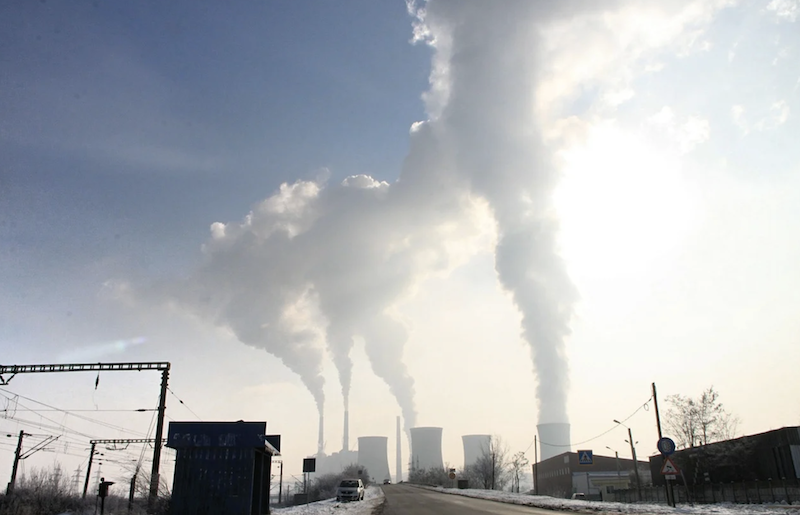Builders for Climate Action have found that embodied carbon accounted for an outsized portion of greenhouse gas emissions for new low-rise construction.
A new white paper from the group says that the carbon footprint can be significantly reduced by using conventional materials. The highest embodied carbon came from a building with high-Portland-cement concrete, and extruded polystyrene and spray-foam insulation. A typical model included concrete with some supplemental cementitious materials (SCMs), along with mineral wool insulation.
A lower-carbon alternative, called a “drawdown building” incorporated high-SCM concrete, and cellulose and wood fiber insulation. The carbon-storing model included:
· Insulated concrete forms with high-SCM concrete
· Expanded glass sub-grade insulation
· Straw and wood fiberboard insulation
· Wood cladding
· Compressed straw panel interior walls
· ReWall interior finishes
· Wood windows
· Linoleum and Forest Stewardship Council-certified softwood flooring
· Cedar shake roofing
An energy-efficient drawdown building located in Toronto and using renewable grid electricity would avoid 614 metric tons of carbon emissions over 30 years, according to the report. One caveat: Drawdown buildings rely heavily on wood products, and there are emerging questions about whether wood is universally a carbon-storing material.
Related Stories
| Sep 15, 2011
New Label Established For Energy Efficient Doors in UK
The British Fenestration Ratings Council (BFRC) has established a labelling program for all types of domestic pedestrian doors.
| Sep 15, 2011
EPA Releases New High-Rise Residential Energy Star Rating
The U.S. Environmental Protection Agency recently announced an Energy Star rating for multi-family high-rise buildings.
| Sep 15, 2011
Bill Seeks To Spur Stronger Building Codes Nationwide
The Safe Building Code Incentive Act of 2011 would provide strong financial incentives for states to adopt and enforce strong building codes.
| Sep 15, 2011
New Federal Law Limits Amount of Formaldehyde in Wood
President Obama signed into law legislation that limits the amount of formaldehyde in wood. The new measure will impact particle board and other composite wood products .
| Sep 12, 2011
Living Buildings: Are AEC Firms up to the Challenge?
Modular Architecture > You’ve done a LEED Gold or two, maybe even a LEED Platinum. But are you and your firm ready to take on the Living Building Challenge? Think twice before you say yes.
| Sep 8, 2011
OSHA issues alert on incorrectly rebuilt circuit breakers
The Occupational Safety and Health Administration (OSHA) has issued a hazard alert, warning workers and employers of certain Eaton/Cutler-Hammer molded-case circuit breakers that were incorrectly rebuilt.
| Sep 8, 2011
USGBC Streamlines LEED EB: O&M
The Council has reorganized the prerequisite and credit structure of LEED EB: O&M.
| Sep 8, 2011
USGBC: 30 Legislative ‘Wins For Green Building’ So Far In 2011
A mid-year report by the U.S. Green Building Council says that there have been “30 legislative wins for green building” across 22 states in 2011.
| Sep 8, 2011
Revised Building Codes Adopted After WTC Attacks Being Implemented
U.S. National Institute of Standards and Technology (NIST) code revision recommendations in the wake of the World Trade Center terrorist attacks are being implemented in new high-rise construction including One World Trade Center, the lead building of the new World Trade Center complex.
| Sep 8, 2011
New Sustainability Standard Addresses Disaster Resistance
To aid local governments to adopt high-performance green building codes, the Portland Cement Association (PCA) and the Institute for Business and Home Safety (IBHS) have developed High Performance Building Requirements for Sustainability 2.0.








